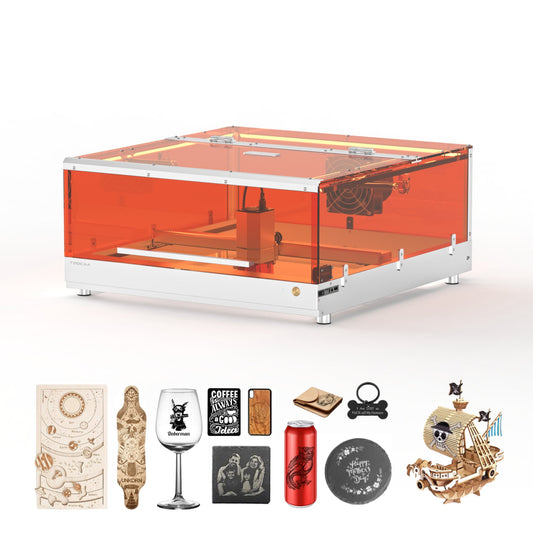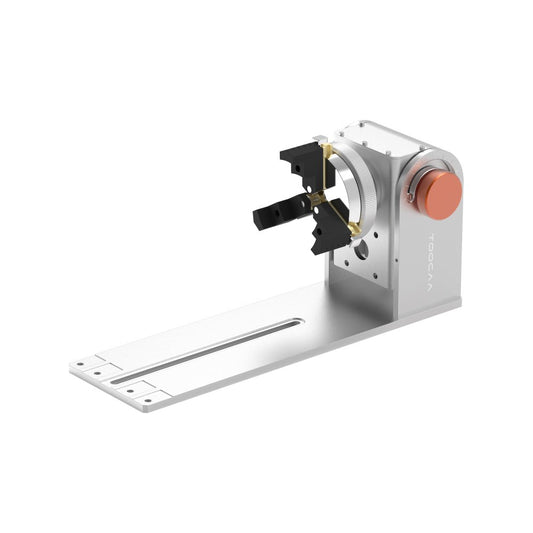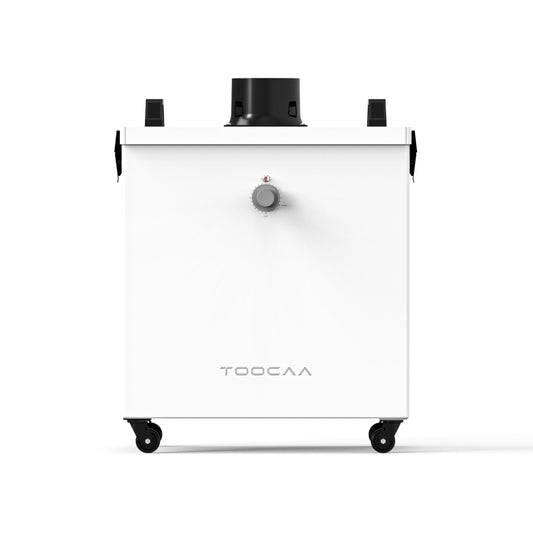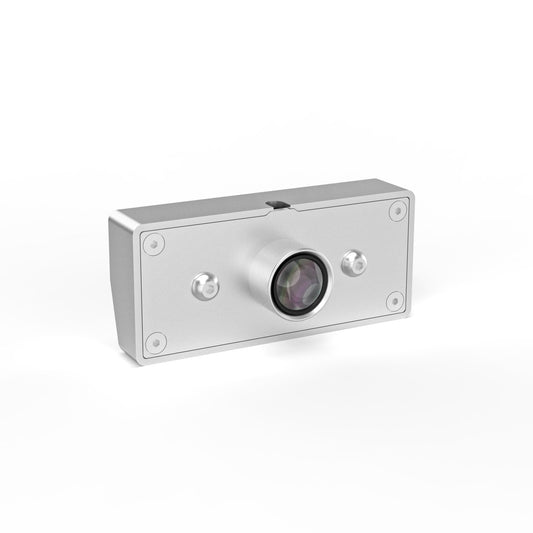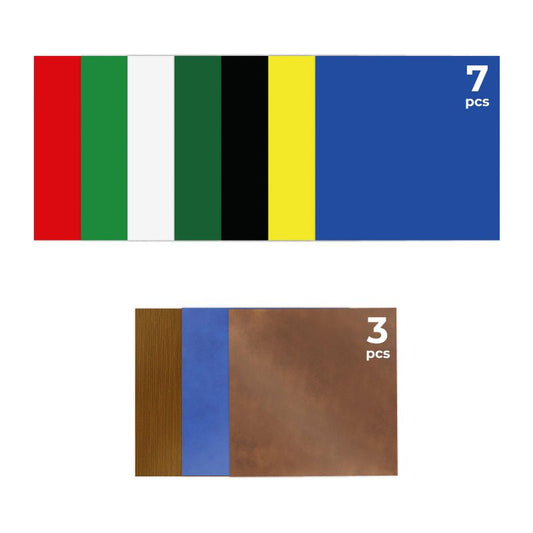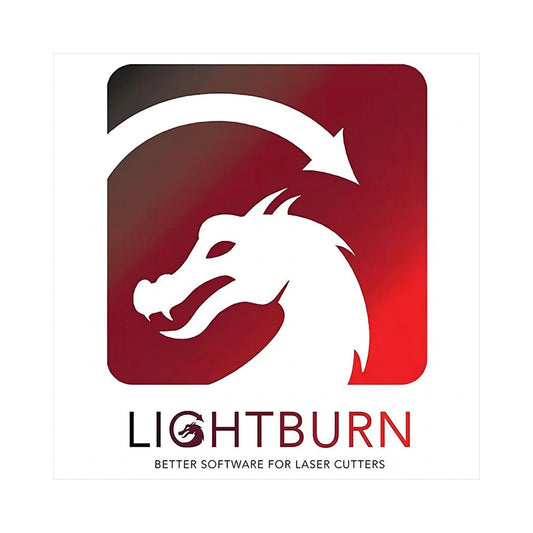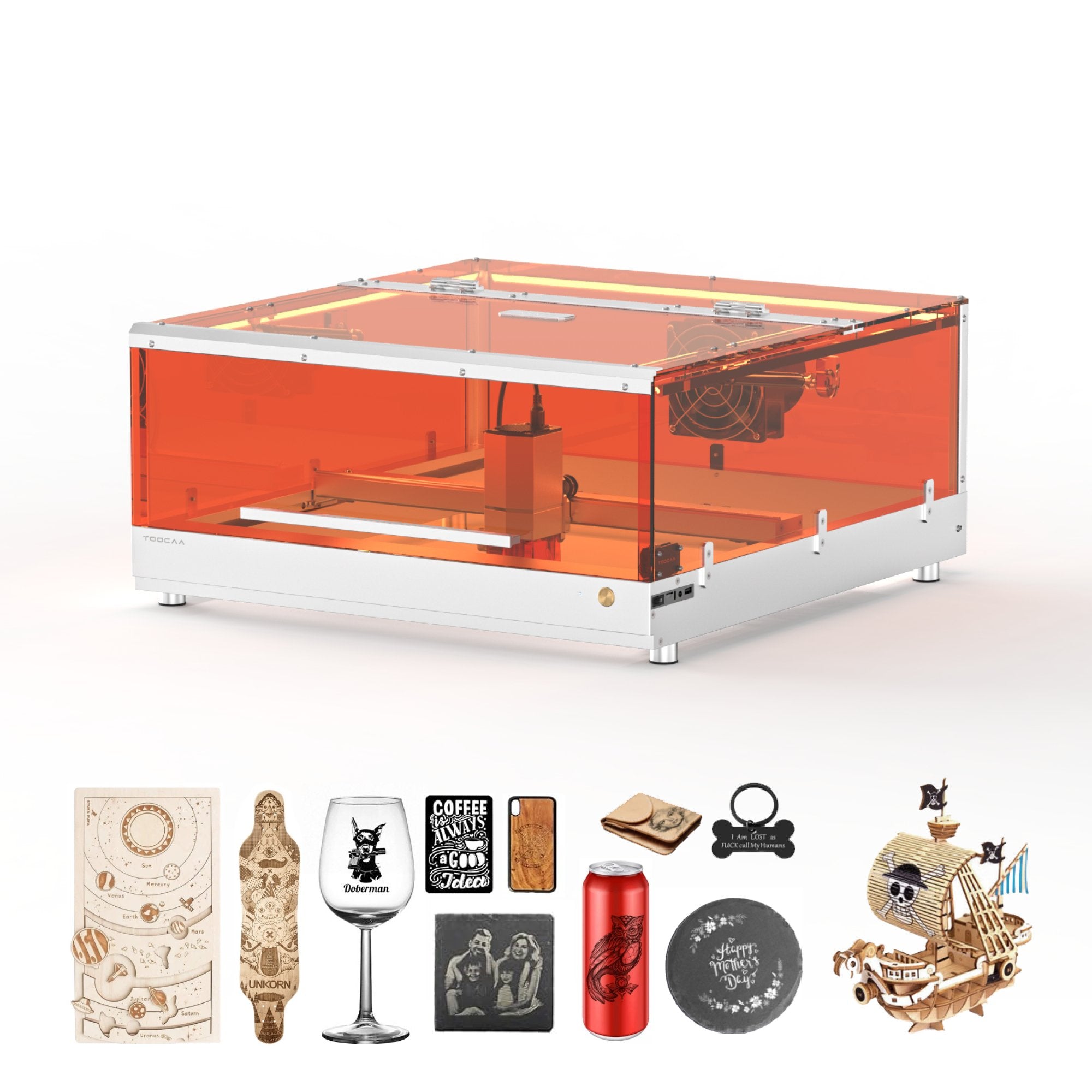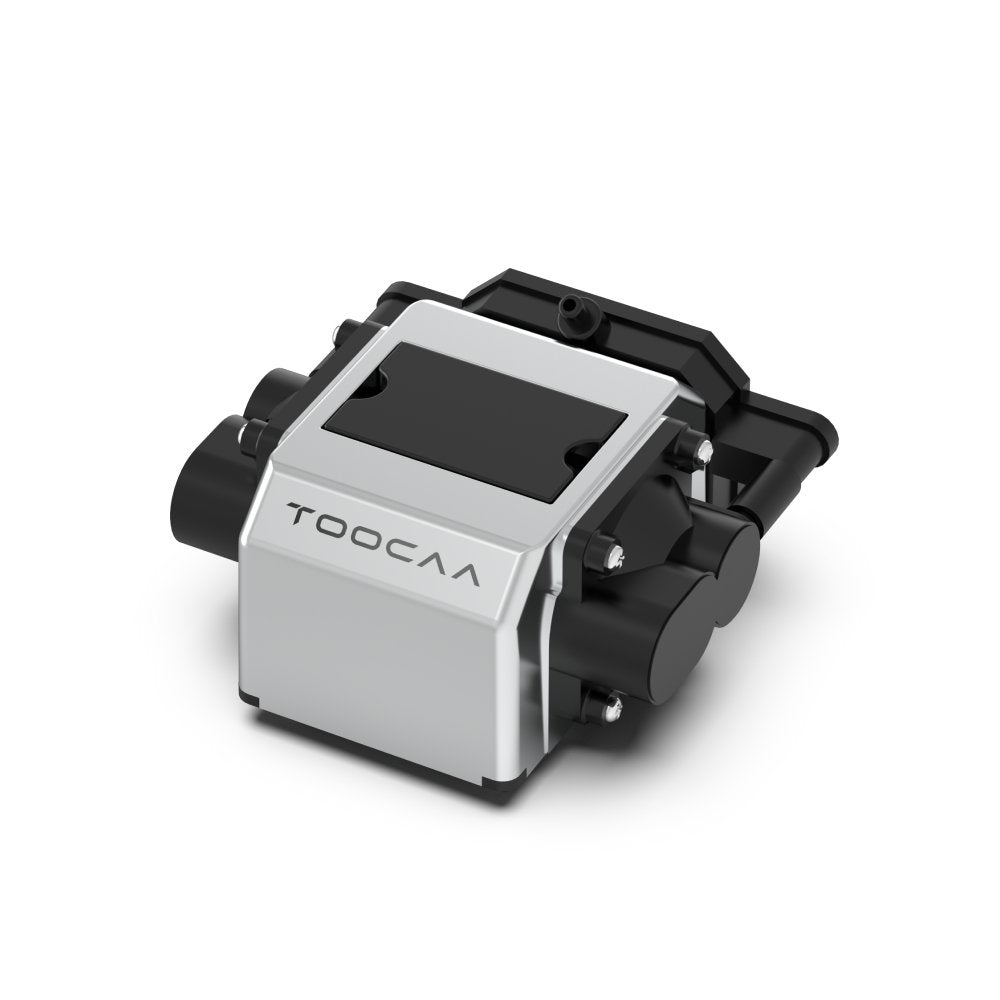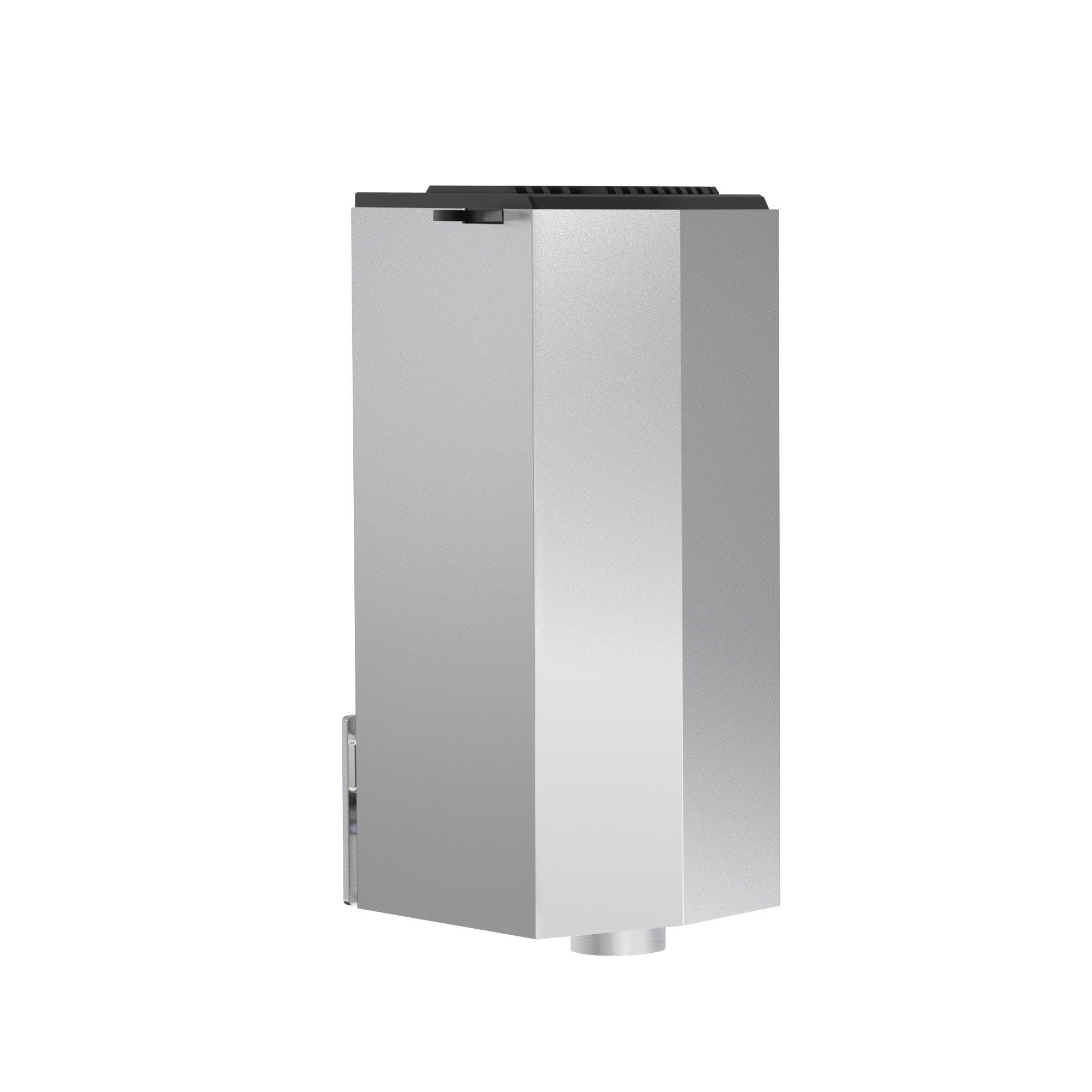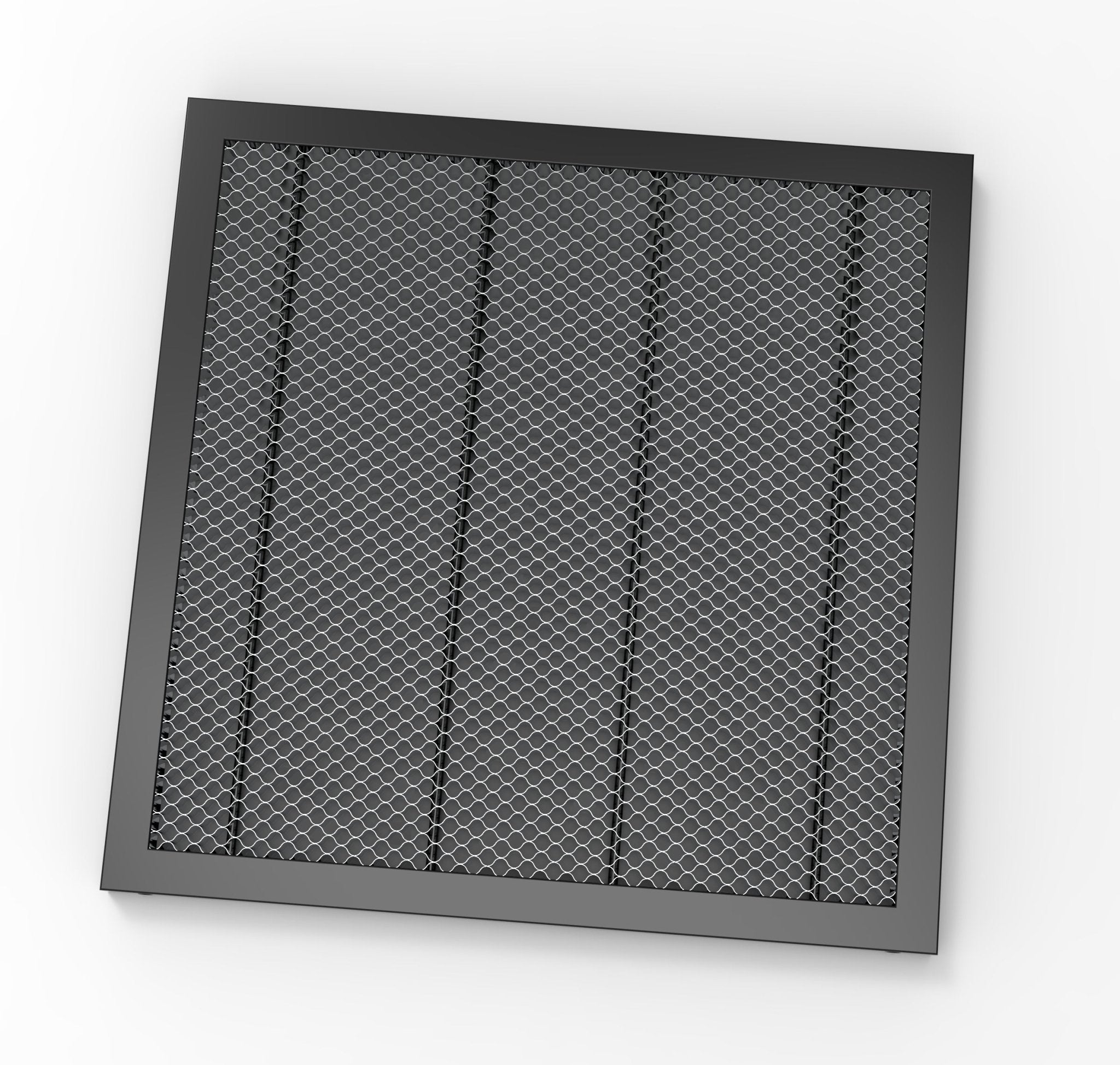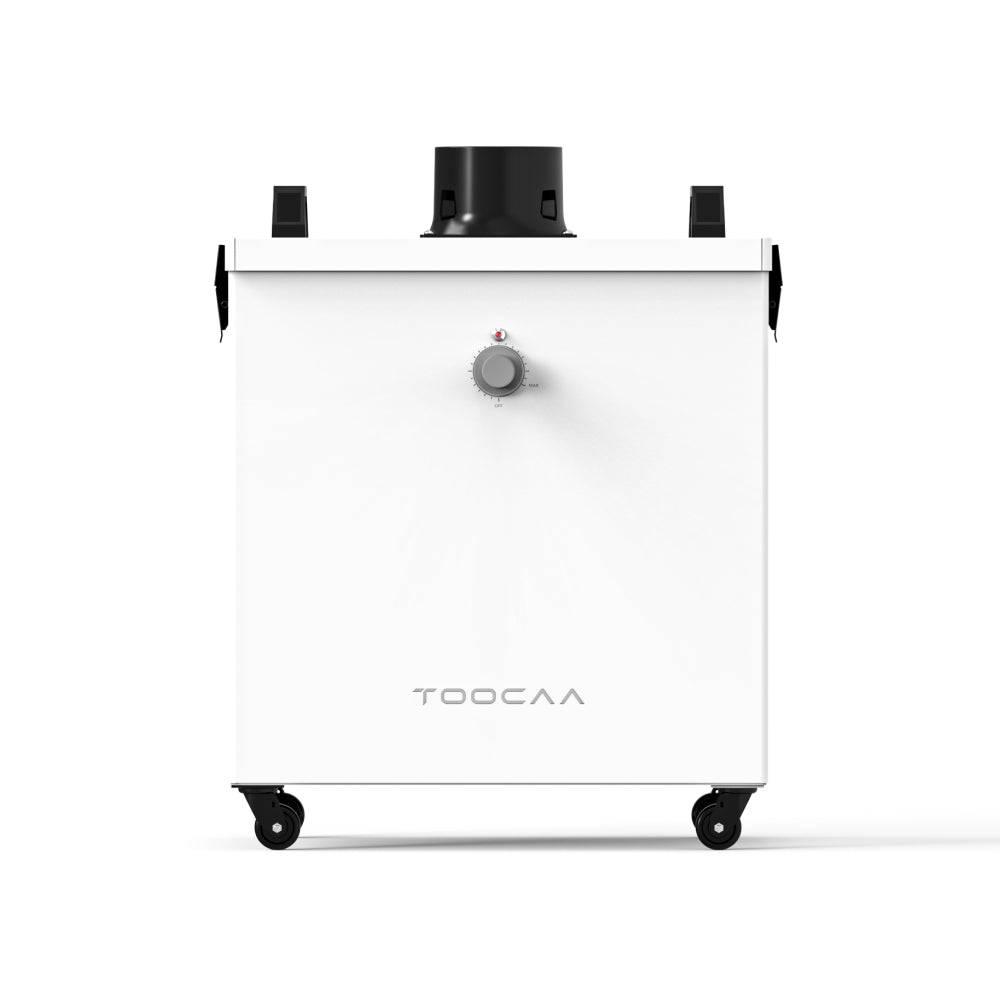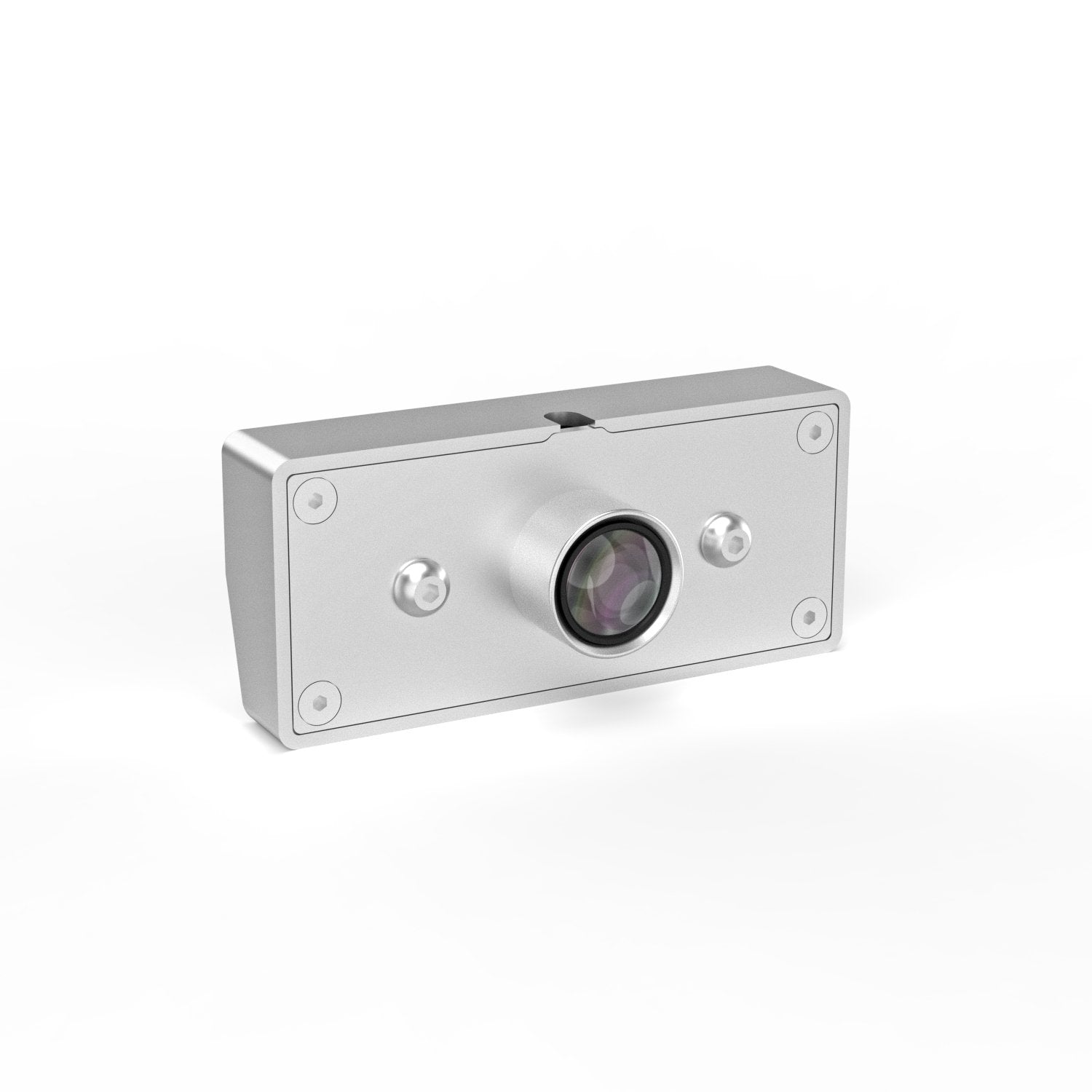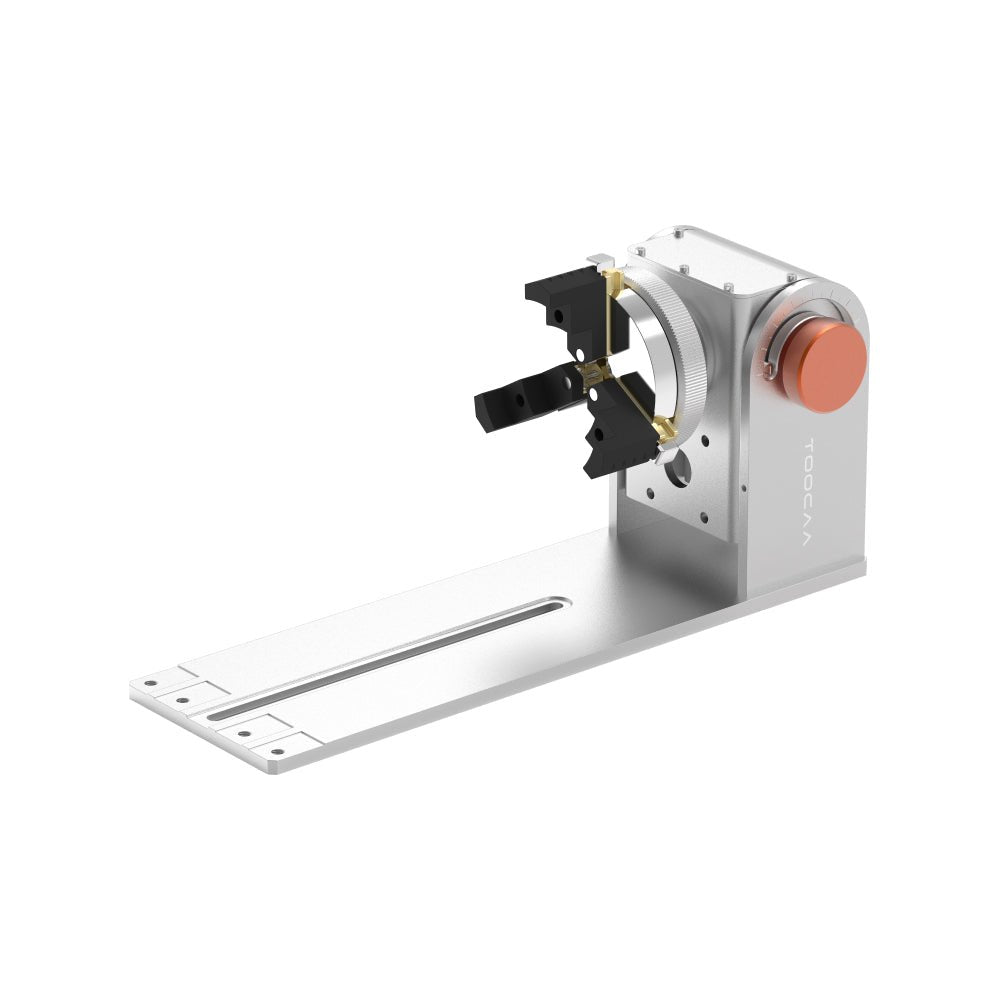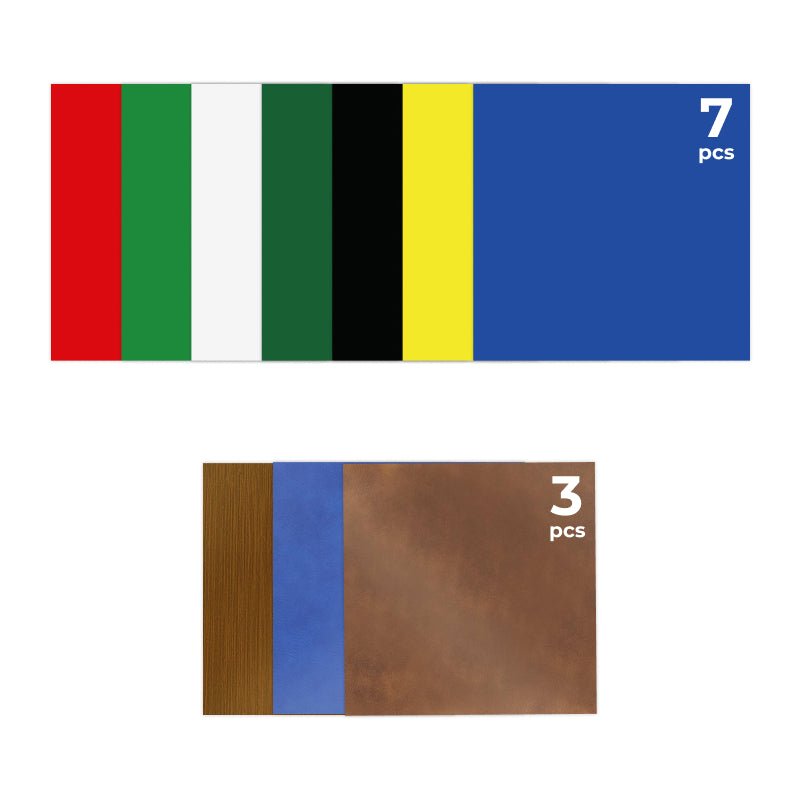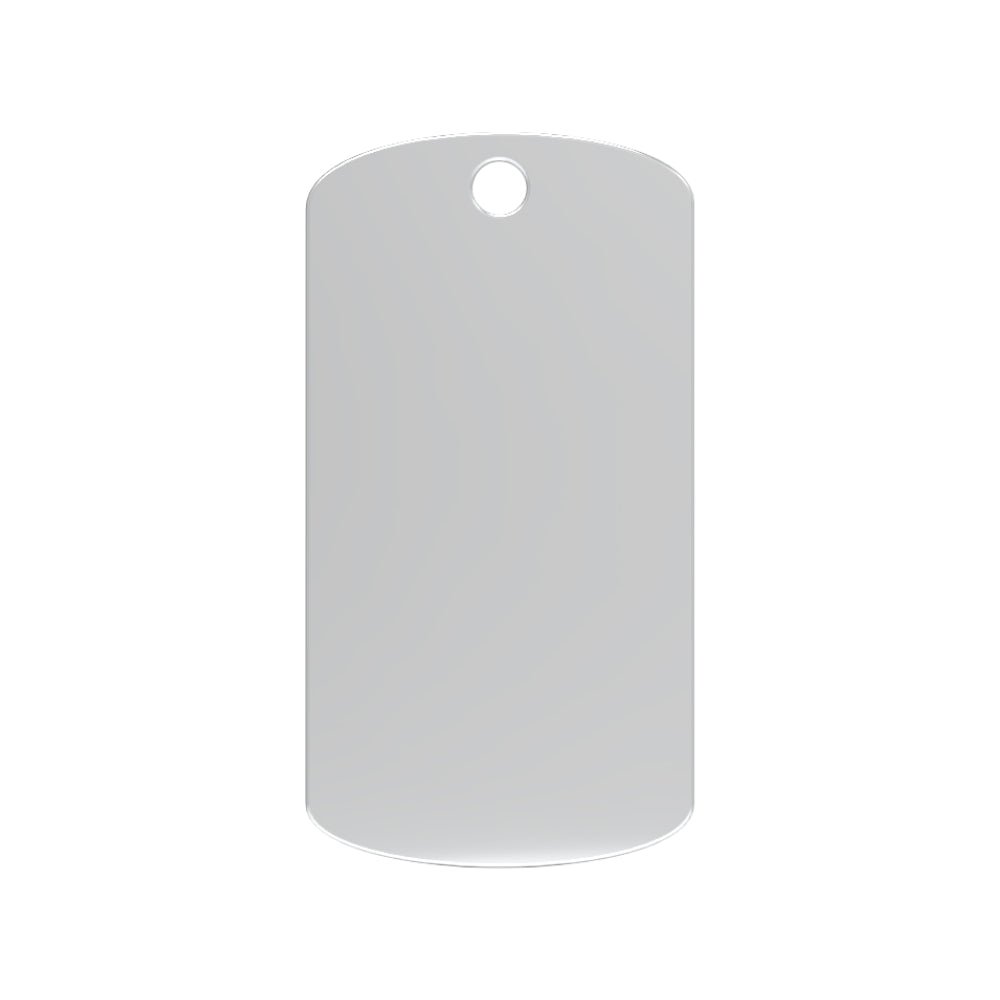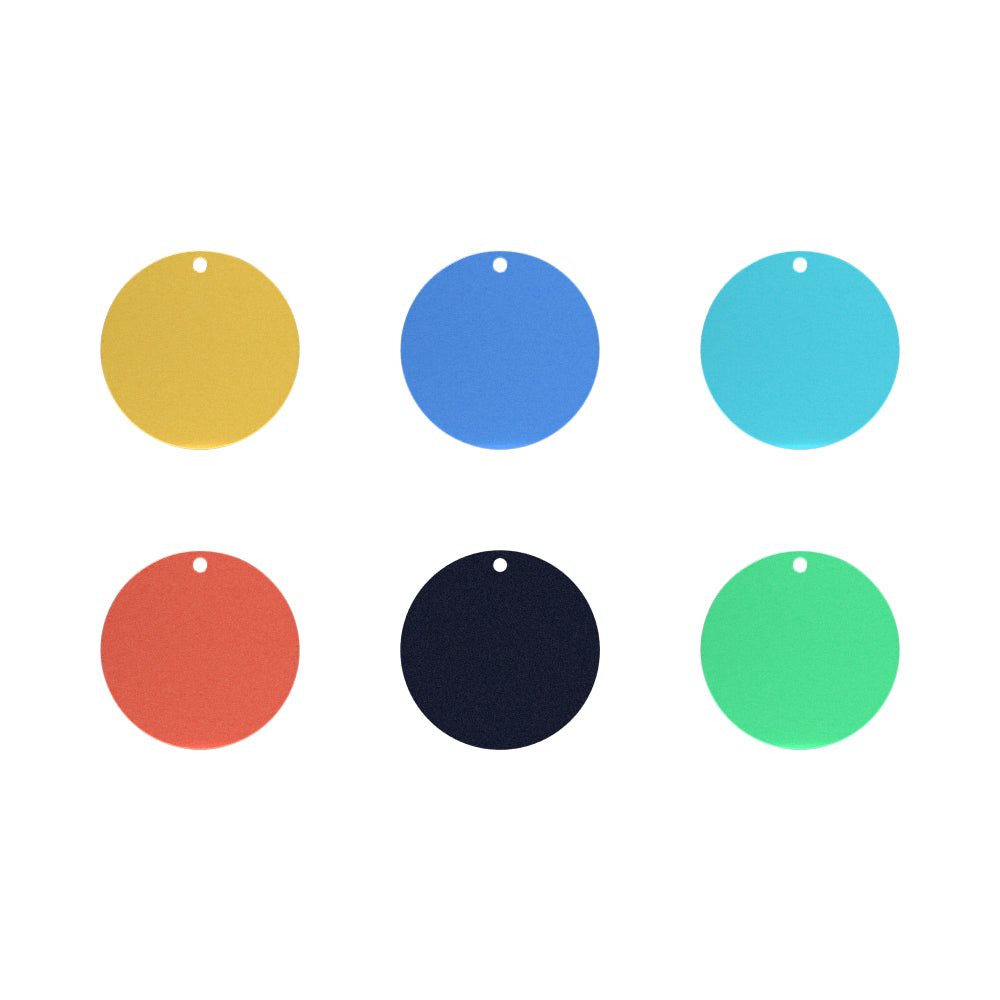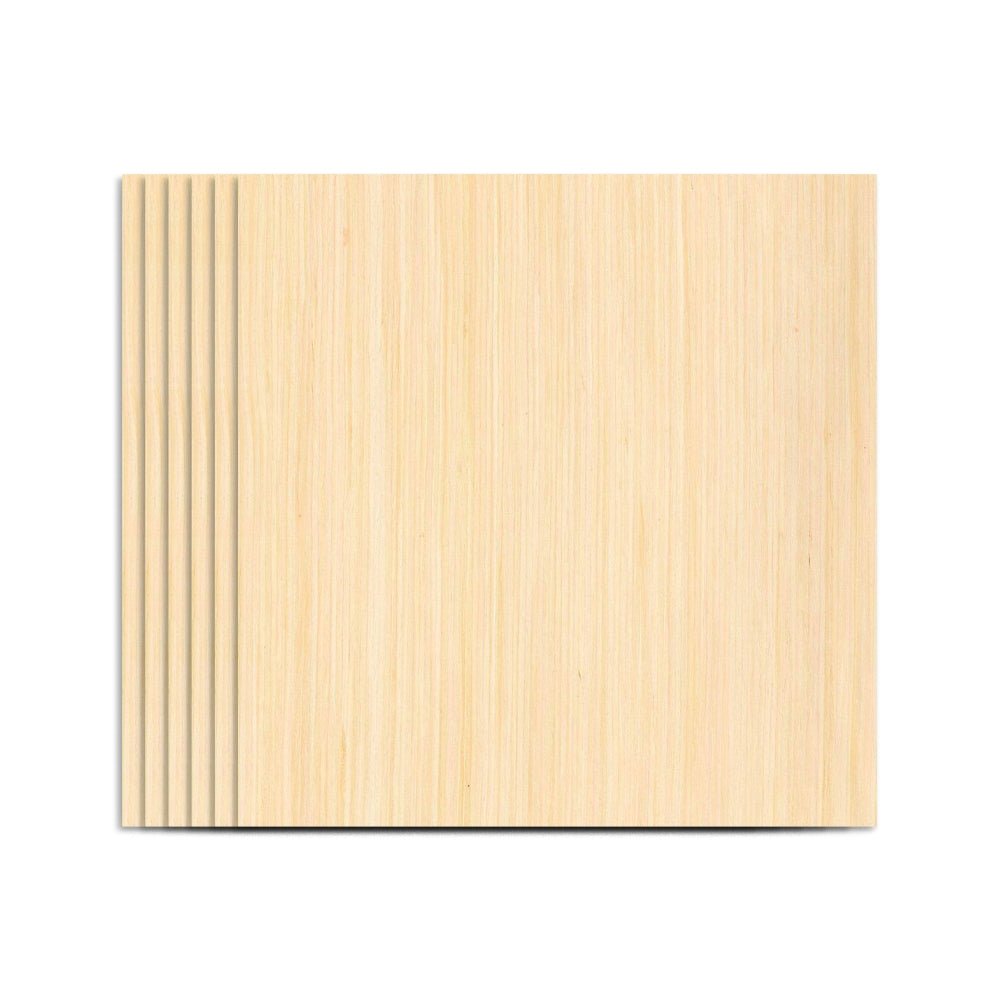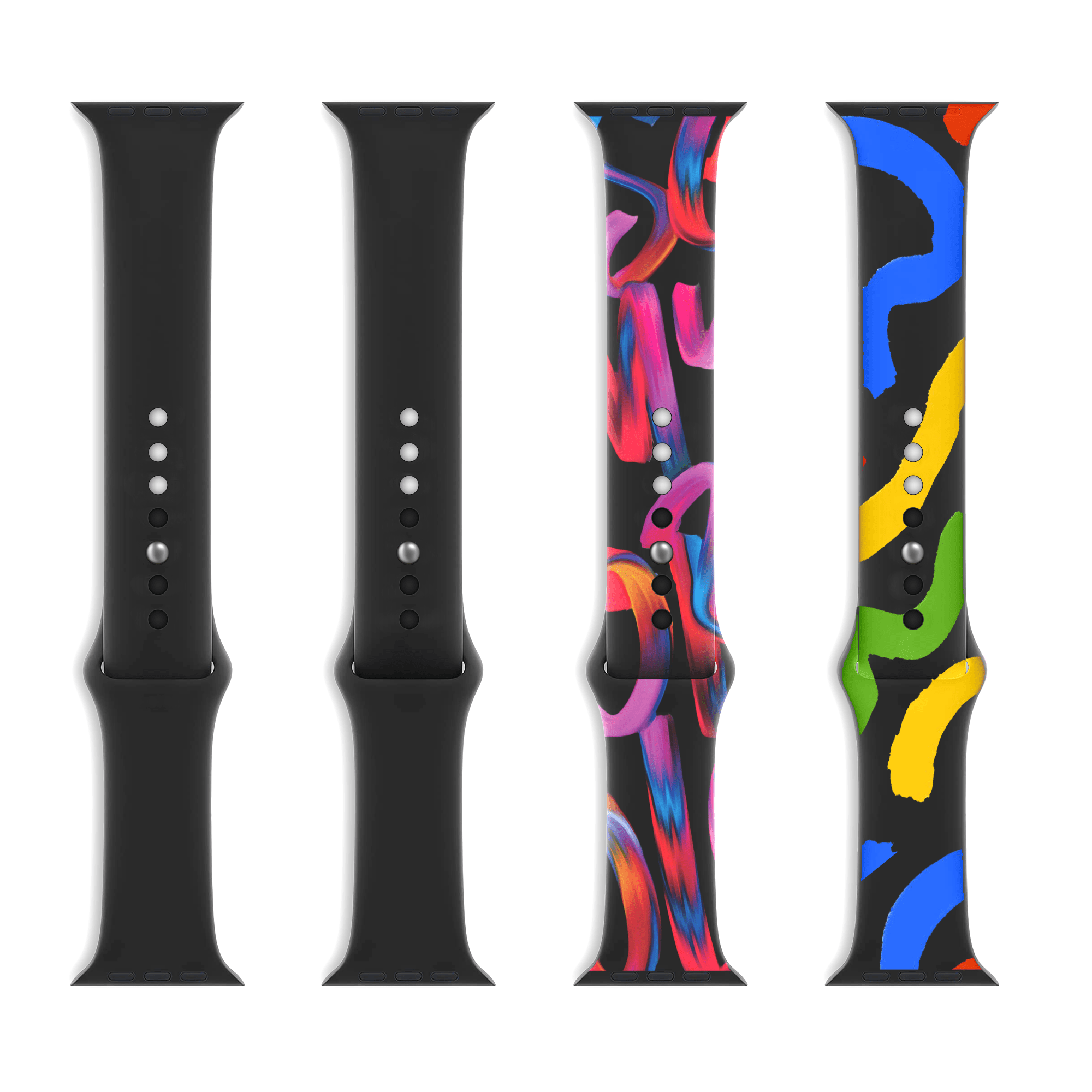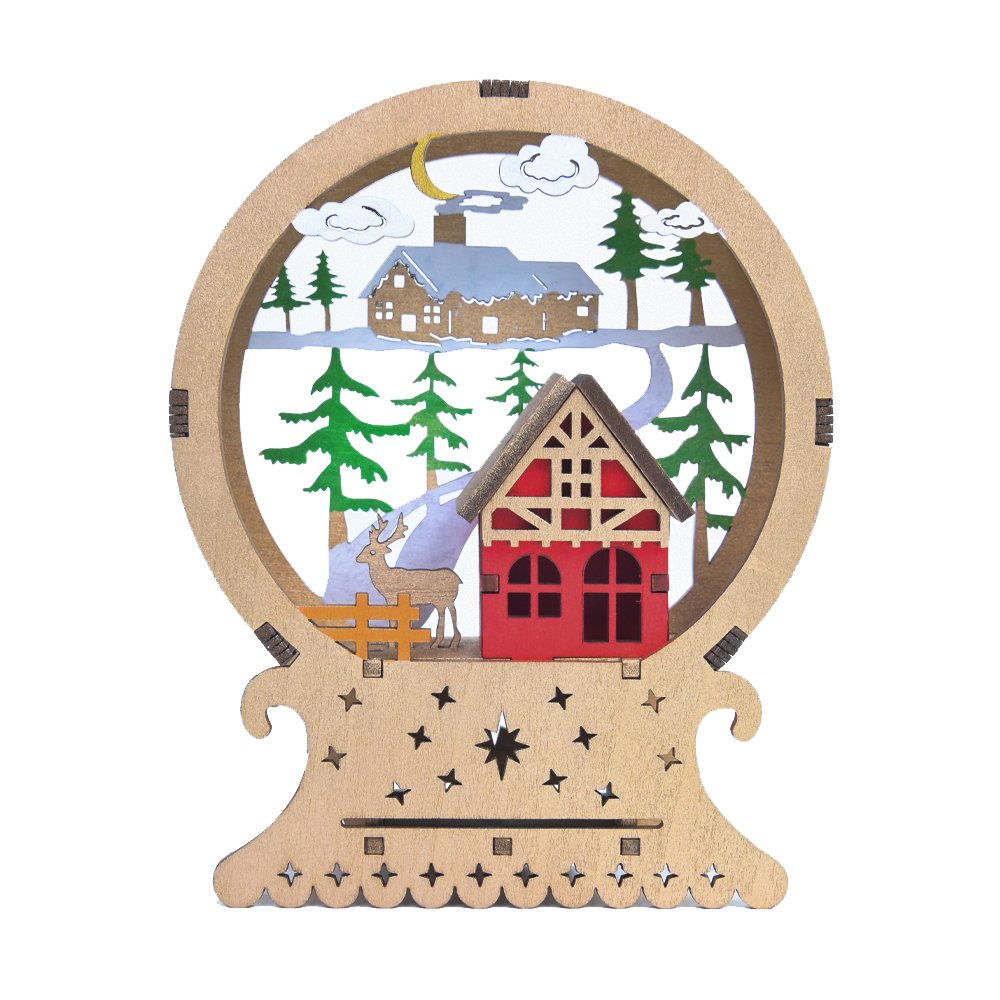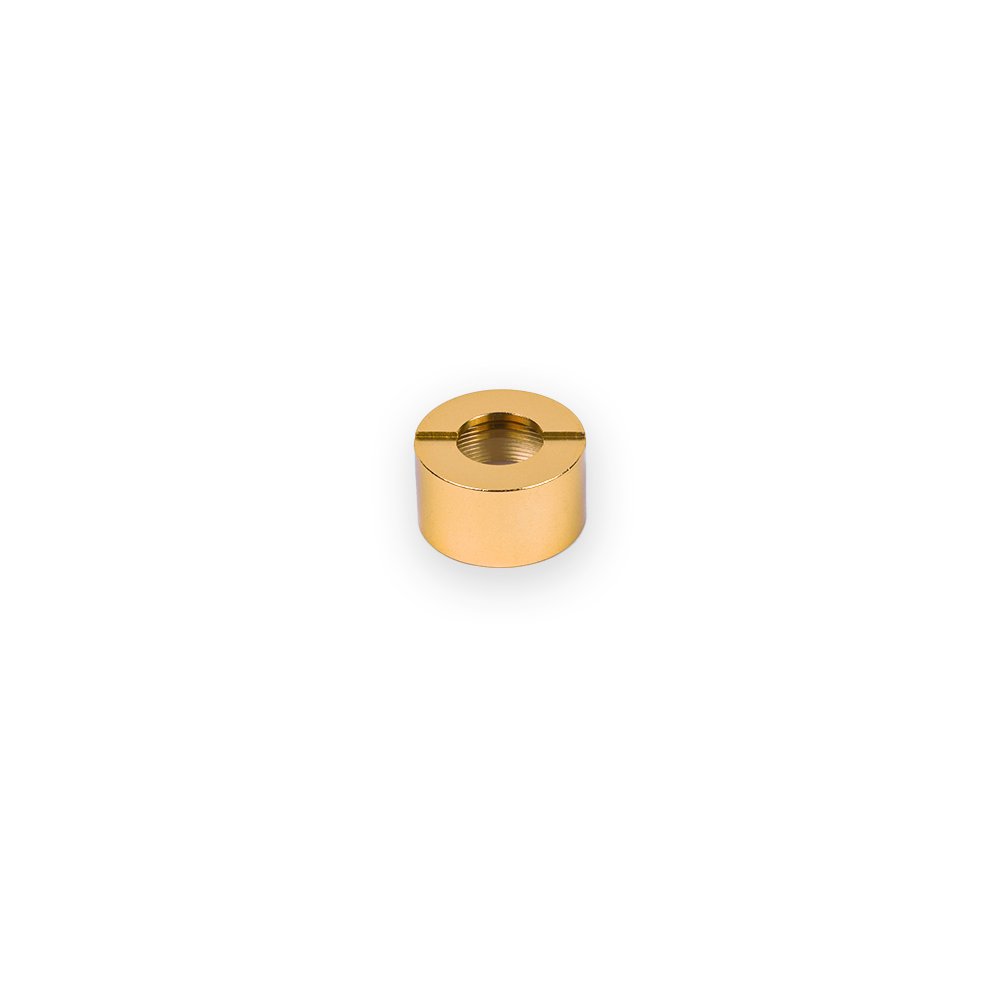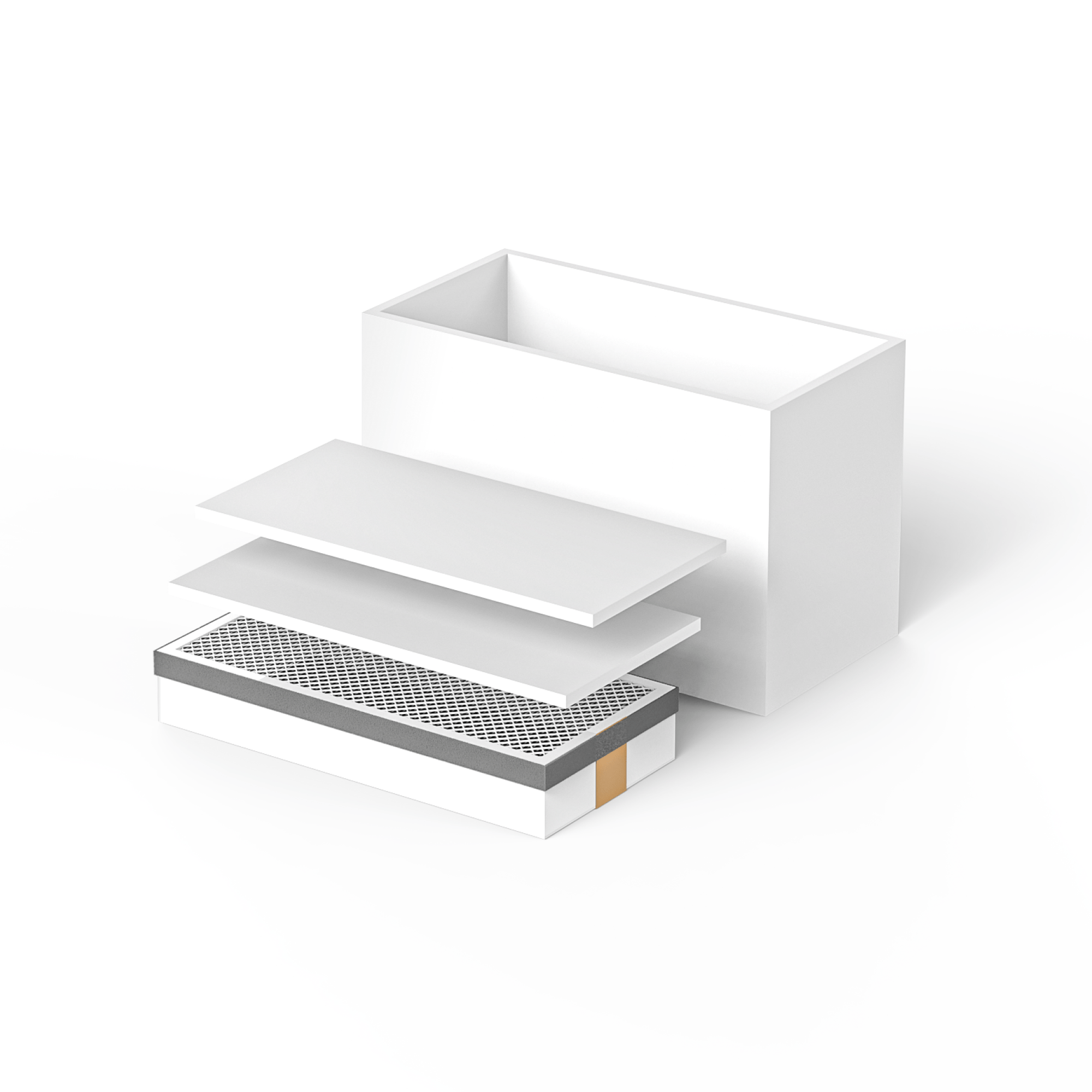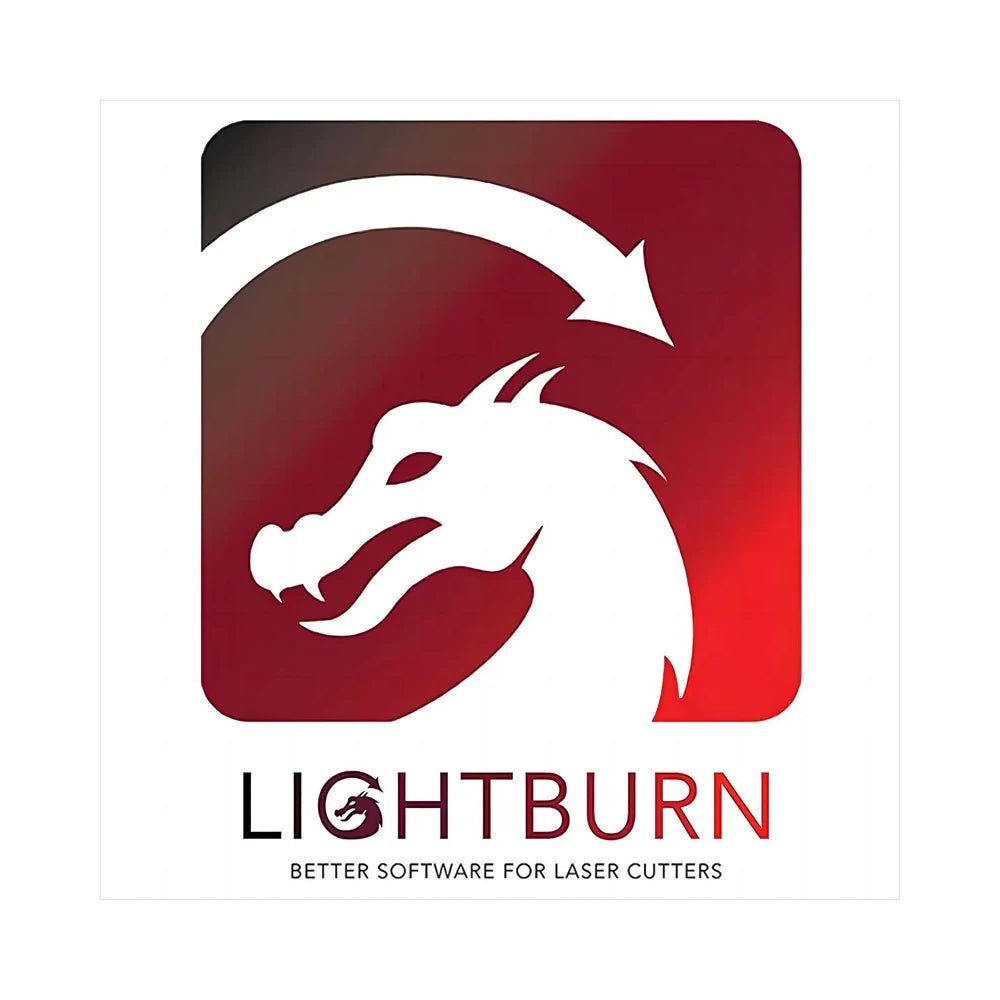If you’ve ever picked up a stainless steel mug with someone’s name perfectly engraved on it, or seen a set of brass keychains etched with initials, you’ve seen the magic of metal laser engraving. What once required an industrial setup in a large factory is now possible for hobbyists and small business owners with a compact desktop machine.
One of the most practical tools for this job is the TOOCAA L2 Diode Laser Engraver(https://www.toocaa.com/products/toocaa-l2-laser-engraver-cutter).
Affordable, user-friendly, and, if complemented by the appropriate techniques, capable of creating professional engravings on precoated metals and on plain metal substrate with the assistance of laser marking sprays.
This guide is made to help you understand everything you need to know: how diode lasers engrave metal, how to prepare surfaces, which products to use, the right settings to choose, important safety tips, common mistakes to avoid, and exciting project ideas for you to try. Whether you are a creative person wanting to make a special gift or someone looking to create a new product line, you will find useful advice in this guide.

Why Use a Diode Laser for Metal Engraving?
Most people start with wood, leather, or acrylic when they buy a diode laser. These materials are straightforward to cut and engrave. But sooner or later, the question comes up: Can I engrave metal with this machine?
The answer is yes—with the right preparation. The TOOCAA L2 may not burn deep grooves directly into stainless steel the way massive industrial fiber lasers do, but it can create sharp, durable, high-contrast markings on many kinds of metal. The trick is to either use:
A marking spray or paste, which bonds to bare metals when hit with the laser beam, or Products that already have a coating, such as powder-coated mugs, anodized aluminum sheets, or painted metal plaques.
That’s what makes the L2 so appealing: you don’t need to spend tens of thousands on
specialized equipment. With a smart workflow, a $500–$600 machine can produce results polished enough to sell.
The TOOCAA L2 in a Nutshell
The TOOCAA L2(https://www.toocaa.com/products/toocaa-l2-laser-engraver-cutter). is designed for makers who want versatility. It’s compact enough to sit on a workbench, yet powerful enough to mark stainless steel tumblers, anodized aluminum cards, brass tags, and coated signs.
Some highlights:
Laser Output: Strong enough to engrave organic materials directly and to mark metals with spray or coatings.
Precision: Supports fine detail work, from text as small as a few millimeters to full photo engravings.
Compatibility: Works with popular software like LightBurn, giving you professional-level control.
Versatility: One day you’re engraving a bamboo cutting board; the next day, you’re
personalizing a powder-coated flask.
For anyone balancing hobby and business use, the L2 hits a sweet spot.
So, how does a diode laser actually engrave metal?
Here’s the deal: bare metal reflects a ton of light, so a diode laser on its own doesn’t really bite into it. That’s why you need a little help.
There are special sprays (like CerMark or Enduramark). You spray a thin layer onto stainless steel, and when the laser hits it, the coating literally fuses with the surface. You’re not cutting into the steel itself — you’re basically baking that spray into place permanently.
If the metal already has paint or a powder coating, the laser just burns away that top layer and reveals the raw metal underneath.
And anodized aluminum? That one’s the easiest. It has a thin colored oxide layer that the laser removes cleanly, leaving behind sharp, high-contrast engravings.
So bottom line: yeah, you can engrave metal with a diode laser, you just need to prep the surface the right way.
Step by step with the L2
1.Get your design ready
Logos, text, and line art work best in vector format (SVG, DXF, AI). If you’re doing a photo, turn it into black-and-white and use dithering so the details come through. LightBurn makes this pretty painless.
2.Prep the metal
Bare stainless? Spray a nice even coat of marking spray, let it dry fully.
Anodized aluminum or a painted mug? No extra coating needed — you can just go straight to engraving.
3.Lock it down
Metal is heavy, but it can still shift if the machine vibrates. Use clamps, a jig, or even
painter’s tape to make sure it doesn’t move mid-job.
4. Dial In Parameters
Here’s a good starting range for coated metals with the L2:Power: 80–100%
Speed: 200–600 mm/min
Line spacing: 0.05–0.1 mm
Passes: Usually 1
Always run a test grid first. Each material and coating reacts a little differently.
5. Run the Job
Engrave with the cover closed, ventilation running, and safety glasses nearby.
6. Finishing
If you used spray, wash off the excess with water. Inspect your piece: edges should be sharp, contrast high, and text legible.
Working with Pre-Coated Products
One of the easiest entry points for metal engraving is to start with objects that already have a surface coating. These are widely available, cheap, and very forgiving for a beginner.
Powder-Coated Drinkware: Powder-coated stainless steel mugs, tumblers, and bottles engrave very well—the laser melts off the coating to reveal the shiny steel underneath.
Painted Signs and Plaques: Painted aluminum sheets make fantastic house numbers, signs, and awards.
Anodized Aluminum: Wonderful for business cards, tags, and ID plates. The anodized
coating marks away cleanly to show shiny aluminum.
Coated Jewelry Blanks: Small pendants, bracelets, and tags are often pre-coated and make wonderful personalized gifts.
These products don’t require sprays, making them faster to work with and easier for small business production.
Need some ideas?
Here are a few products that people love to buy or gift — and they’re already proven to sell well:
Personalized tumblers and flasks – Stick a name, a favorite quote, or even a logo on them. These things are huge on Etsy.
Custom tools – Engrave wrenches, sockets, or clamps so they don’t get mixed up in the workshop. Super practical.
Pet tags – Anodized aluminum or stainless steel tags with the pet’s name and your phone number. Simple, useful, and always in demand.
Branded merch – Think aluminum business cards, keychains, or bottle openers with your company logo. Perfect for giveaways or small businesses.
Awards and Plaques - Painted or anodized surfaces can be engraved for awards and functions.
The L2 helps you try out ideas at low cost and expand the successful ones.

Parameter Basics: Power, Speed, Line Spacing
Three settings matter most when engraving coated metals:
Power: More power burns coatings faster but can overcook thin sprays.
Speed: Slower speeds mean darker, bolder marks; faster speeds give lighter results.
Line Spacing: Tighter lines mean smoother, more detailed engravings but take more time.
A good workflow is to engrave a 5x5 grid with varying power and speed. Keep the one that looks best, then record it for future jobs.
Safety Essentials
Metal engraving with sprays or coatings produces fumes.
Use a fume extractor or engrave near ventilation.
Wear laser safety glasses.
Keep a fire extinguisher handy.
Avoid leaving the machine unattended.
Good habits make the difference between frustration and enjoyable, reliable production.
Common Beginner Mistakes
Spraying Too Thick: A heavy coat wastes material and leads to blotchy marks. Light, even passes are best.
Skipping Test Grids: Jumping straight to a finished piece often leads to disappointment.
Always test first.Wrong Focus: If your engraving looks blurry, recheck the focal distance. Even 1–2 mm off makes a difference.
Poor Ventilation: Fumes can be harmful—never engrave without airflow.
From Hobby to Side Business
Many people start engraving metal for fun—making gifts for family or personalizing a few tools. But it’s also a clear path to a side hustle.
Here’s how:
Start with Coated Products: Powder-coated mugs, anodized tags, or painted plaques are cheap to buy in bulk and easy to engrave.
Develop a Small Catalog: Offer 5–10 designs (quotes, monograms, patterns).
Sell Online: Platforms like Etsy, eBay, or a personal website are perfect for personalized goods.
Think Local: Farmers’ markets, craft fairs, and corporate gifts are all real-world markets.
Build Efficiency: Use jigs to engrave several items at once. Keep parameter cards so you can repeat settings consistently.
The TOOCAA L2(https://www.toocaa.com/products/toocaa-l2-laser-engraver-cutter). is affordable enough that your first 20–30 sales can pay for the machine. After that, you’re in profit.
Troubleshooting Checklist
If your engraving isn’t looking right, ask yourself:
Contrast too low? Try slower speed or a second pass.
Edges fuzzy? Check focus height and clean the lens.
Residue won’t wash off? Power may be too high—lower slightly.
Spray peeling? Apply a thinner, more even coat.
Keep notes for every project. Over time, you’ll build a personal “recipe book” of settings for each metal type.
Last Reflections
Metal laser engraving is no longer a domain of manufacturing. You can now enjoy
The secret is preparation: employing marking sprays on bare metals, marking on coated objects such as anodised aluminium or powder-coated cups, and achieving appropriate settings. Then there are numerous opportunities—personalised presents, goods for niche businesses, or tiny batch production for neighbourhood clients.
You can experiment with the L2 on your first stainless steel tumbler or creating engraved flasks and selling on Etsy. That's what's special here: a small and affordable machine gives access to a myriad business and design possibilities.
Learn more about the TOOCAA L2(https://www.toocaa.com/products/toocaa-l2-laser-engraver-cutter) and explore accessories at toocaa.com(https://www.toocaa.com/)
